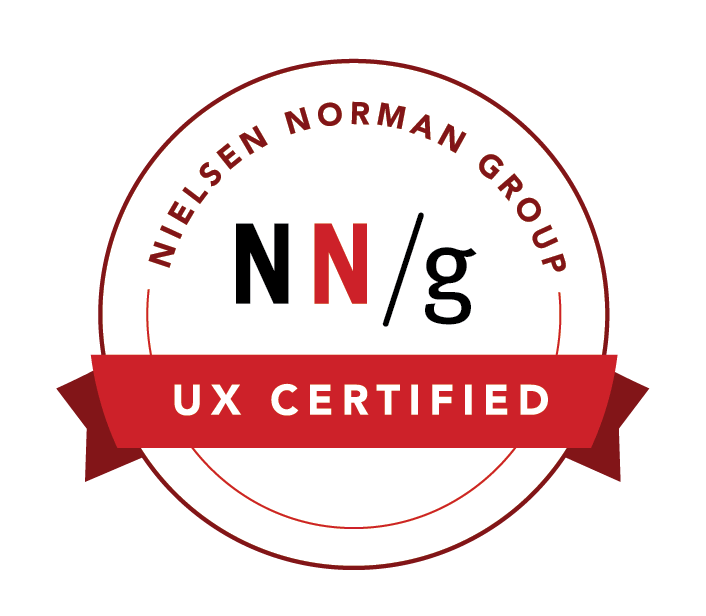Is Creating Content for Voice Search a Viable Content Strategy?
August 21st, 2019
There is some interesting data emerging around voice search and the use of smart speakers. In the last year, the number of Americans who own a smart speaker has risen 36 percent to 53 million people, with numbers expected to climb as users adapt to voice search on-the-go.
Of those 53 million smart-speaker owners, 72 percent say that the device is a part of their daily lives. It is estimated that by 2020, 50 percent of all searches will be voice searches.
In terms of the effort we all put into consuming content every day—opening apps, reading email, listening to podcasts, viewing websites, etc.—it’s becoming clearer that voice-activated content is the easiest content to consume.
If you’re washing dishes and want to know the weather tomorrow.
If you’re feeding a baby and decide to listen to stories or lullabies.
If you’re driving to meet up with friends and want to find an after-dinner hangout.
The easiest thing to do in any of these circumstances is to speak a question or a command to your smart speaker device.
How does content get featured in voice search?
Have you ever wondered how smart devices decide which content from the Web to use to answer your question? If you’re a content marketer, you have. And you’ve likely wondered how to have your content featured as an answer Alexa gives to someone looking for a reliable tankless water heater. But is landing one of these featured positions worth it? Yes, and no.
Consider that in most cases, a smart device gives one answer . . . out of possibly thousands. For example, I asked Siri: “What is content marketing?” She returned one website . . . Wikipedia. When I searched online for “What is content marketing?” there were 3.8 BILLION results. Landing one spot out of 3.8 billion isn’t easy, but it can be done.
And if you do land that featured spot, like Wikipedia did in my voice search, that could mean potentially thousands of people will be served that one answer resulting in greater awareness of your brand and more traffic to your site.
Regardless of whether or not you get the featured spot, writing for voice search could help your page be more readable to visitors, and rise higher among search rankings. Here are a few things to keep in mind as you create for voice search:
How can I get my website featured as an answer to voice searches?
- Properly secure website (https prefix)
- Content linking, both inbound and outbound links
- Helpful, thought-leader content in your niche
- Provide social sharing options for content
- Clear, defined user experience
- Website load time of 4.6 seconds or faster
How can I get my content featured as an answer to voice searches?
- Articles of 2000+ words comprised of short answers to questions
- Explain, or define, terminology within the content
- Use headings as questions people are searching
- Know how your audience speaks about your business, product or service
- Use Google Analytics for keyword research
- Write for micro-moments—small moments when an answer is needed
- Use natural language, and less Keyword + Keyword + Keyword
Voice search optimization brings your content closer to spoken language. Rather than explicit keywords, voice search results rely on the gist of content, using phrases and sentences surrounding keywords to determine how closely the content matches the voice search.
Though you’re competing with hundreds or thousands of websites for the coveted voice search answer spot, if your content is the best fit for the answer, you could stand to gain significant awareness for your brand and traffic to your site.
Will you adjust your content creation to accommodate voice search?





